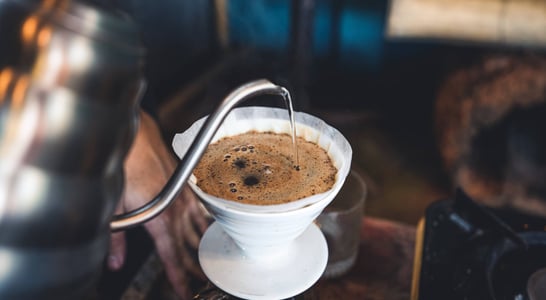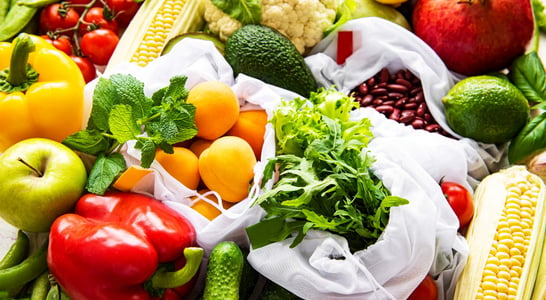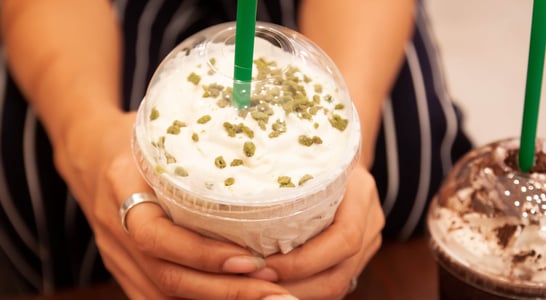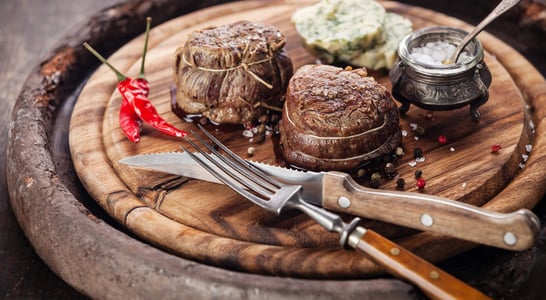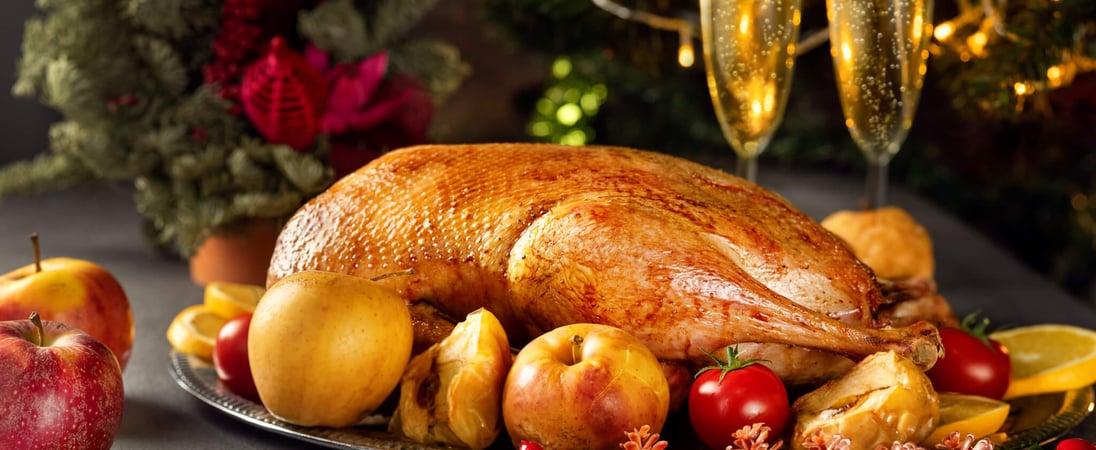
International Happy Goose Day
Savoring that succulent bird, with its rich, tender meat and a crispy skin, is like having a delightful culinary adventure!
Become a happy goose and celebrate this delightful event that offers the opportunity to enjoy celebrating this unique and delectable bird. It’s time to get involved with International Happy Goose Day!
History of International Happy Goose Day
The background of International Happy Goose Day can be traced back many centuries but its origins start in the 5th century with the name Michaelmas. This day likely began in Rome when a basilica church was built and dedicated in honor of St. Michael, the Archangel. The official day was on September 30, but the celebrations began on the evening prior, which was September 29. Some church traditions also celebrate other archangels on this day, including Gabriel and Raphael.
During the Middle Ages, Michaelmas was celebrated in England as a way to mark the time of harvest as well as the time when accounts were tallied and collections were made for the year. Eventually, this turned into a time when landlords would be collecting rent from their tenants and, when they did so, the tenants began providing them with a goose so that they would secure their lease for the following year. Many historians believe this is how Michaelmas began to be called International Happy Goose Day.
But, an additional legend that associates the goose with the day is centered around the story of an Irish king who choked on a goose bone that he had eaten in a feast, and was then brought back to life by St. Patrick. In celebration, the king is said to have ordered the sacrifice of a goose on every Michaelmas in honor of the saint.
Eventually, International Happy Goose Day made its way to the New World, through Europeans who immigrated and celebrated it, particularly in the state of Pennsylvania as well as various other places. But, no matter where it came from or how far it has come, this time has turned into a delightful tradition for people to cook and eat a goose in celebration of International Happy Goose Day!
International Happy Goose Day Timeline
5th century
Michaelmas gets its start
This predecessor to Happy Goose Day, Michaelmas is first celebrated when a basilica near Rome is dedicated in honor of St. Michael the Archangel. [1]
1284
Nottingham Goose Fair is celebrated
The first official fair is held in Nottingham after King Edward I grants a royal charter to the city, but it will take two more centuries before it is called “Goose Fair Day”. [2]
15th century
Eating goose on this day becomes a tradition
The tradition of eating goose at this time may be because rents are due, so tenants present landlords with a goose – hoping to have their lease renewed for another year. [3]
1700s
Happy Goose Day arrives in Pennsylvania
When settlers arrive in Pennsylvania from Europe, they bring Happy Goose Day with them to the New World. [4]
How to Celebrate International Happy Goose Day
Those folks who are looking for some special ideas to celebrate International Happy Goose Day with friends and family might want to consider some of these activities and plans to ring in the occasion:
Enjoy Eating Goose
Because the tradition of Happy Goose Day maintains that those who eat goose on this day will benefit financially all throughout the year, this is a popular activity in celebration of the day! Specifically in some certain areas where the tradition of the day runs strong, such as some counties in eastern or middle Pennsylvania, local restaurants will be sure to serve goose on the menu on this day!
Learn More About Geese
An excellent activity in observance of International Happy Goose Day might be to learn a bit more about this interesting creature and then share some of those findings with friends or family members. Get started with some of these unique facts:
-
Geese are highly social birds that spend most of their time in groups, called gaggles or flocks.
-
For the most part, geese are herbivores, which means they only feed on plant material such as grass, stems, leaves, bulbs and more.
-
Geese are monogamous creatures who typically only have one mate during their lifetime, including courtship displays, sharing nests and both parents taking turns with the eggs or young baby goslings.
-
Geese have incredible navigational skills. During their seasonal migrations, geese use various cues, such as the position of the sun or landmarks to make their way to their destination.
Try Cooking a Goose at Home
While in the past, goose has been a staple for many households, especially on holidays such as Christmas, this is less common today. However, perhaps International Happy Goose Day would be the perfect time for those who have a culinary bent to try out cooking a goose!
To get started, rub the goose with oil all over. Then, set it on a rack in a large roasting pan, and cover with foil. At around 400 F, it should take about 1½ hours to roast a goose until the flesh is slightly pink. A wide range of spices can be used to flavor the goose, including rosemary, star anise, black pepper, lemon and more. It might be fun to get a cookbook or do an internet search for recipes to get more information about how to cook and prepare a goose.
Learn Nutritional Facts About Goose Meat
Wondering if goose is a healthy food to eat on this day or others? In honor of International Happy Goose Day, consider some of these nutritional facts about this fowl:
-
Goose meat is an excellent source of Vitamin B-6 which helps the body process energy from foods.
-
Goose meat also has a great deal of iron – more than beef, chicken or pork.
-
Other nutrients that can be found in goose meat include magnesium, phosphorus, and calcium.
Visit a Goose Fair
Though their correlation with International Happy Goose Day may not be exact, the fun of celebrating at a Goose Fair might be a perfect plan to make for the occasion. Check out one of these fun events celebrated in honor of this venerable bird:
- Nottingham Goose Fair. Dating back to the 13th century, the association of this fair with geese came a bit later, in the 16th century, where records show that the fair was associated with Goose Fair Day. In modern times, this fair often starts on the last day of September and runs through the first week of October.
- Goosey Fair in Tavistock, Devon. This well-known fair in the West Country was originally celebrated on International Happy Goose Day but was moved to the second Wednesday of October in 1752 when the Gregorian calendar was adopted.
- Colyford Goose Fayre in East Devon. This traditional fair has villagers and others who make the most out of it by dressing in medieval costumes, with the added twist of live geese on the premises.
International Happy Goose Day FAQs
How to tell if a goose is happy?
Signs of trust and affection from a happy goose include loud honking, shoe chewing and affectionate gazes. [1]
What do geese eat?
Geese eat roots, stems, seeds, shoots and leaves of grass, as well as grains, bulbs and berries. [2]
What is Michaelmas?
Also called International Happy Goose Day, this day has traditions that celebrate the Archangel Michael as well as the election of the magistrates in England.[3]
Do geese have teeth?
While geese do not have teeth, they can certainly “bite” with the sharp tomia on their bills and tongues. [4]
Also on ...
View all holidaysNational Coffee Day
A beverage that makes the world go round! The aroma, the taste, the energy boost — a good cup of coffee can make every day a little brighter!
International Day of Awareness of Food Loss and Waste
Minimizing excess and valuing sustenance, addressing this global challenge preserves resources and ensures nourishment for all, fostering a responsible legacy.
National Starbucks Day
Aromatically invigorating and a great way to kickstart your day, this popular beverage is an essential part of daily routines for many.
We think you may also like...
National Quiche Lorraine Day
A shortcrust pastry, bacon, eggs, cream, milk, cheese, and a little time in the oven; that’s all it takes to make the delicious and fancy-sounding Quiche Lorraine.
National Filet Mignon Day
The words “filet mignon” call to mind rich, succulent, melt-in-your mouth flavor. Treat yourself to a nice steak dinner, or try cooking it at home.
